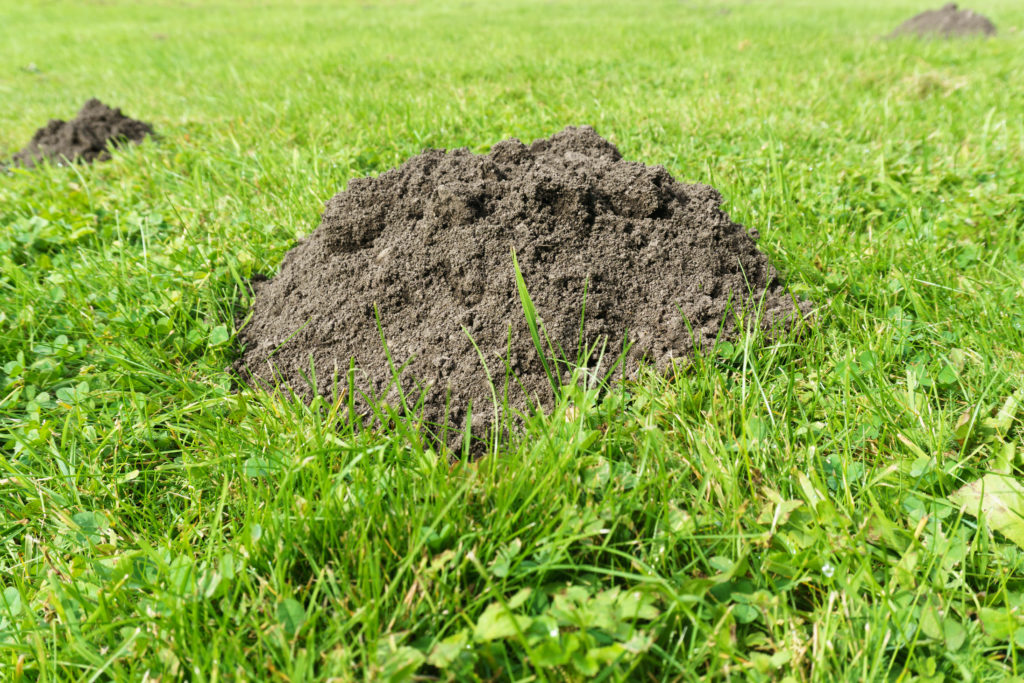
How to Tell if You Have Voles
Sometimes it seems as though every creature in Ohio is trying to make a home in your yard. If you’re wondering what’s causing the latest damage and upheaval to your lawn, it could be moles or voles. Learn how to identify whether you have moles and voles in your yard and what to do about it.
How To Tell if You Have Voles
Even if you don’t spot the chunky little mouse-like animals racing across your grass, you can see evidence of them. Voles leave telltale signs, such as:
- Tunnels or paths in the soil, visible from above
- Holes that are burrow entrances or exits, often near
trees or shrubs - Gnawing and biting marks on tree trunks
- Plants chewed at the base
- Mounds of dirt
How Voles Damage Your Lawn
Voles love to dig. With tiny paws, they can cause lots of damage to your lawn, clawing out long runs or runways, which they use to travel the ground.
They also are vegetarians, so they love a diet of roots and leaves — especially tasty blades of grass.
They’ll nest in your grass, too, hiding out to produce multiple litters of multiple young — 3 to five pups at a time, up to 10 litters per year. The new generation of voles will also make their home in your lawn, clawing new runways and munching on your turf.
How to Tell If You Have Moles In Your Lawn
Moles aren’t the same as voles! Moles are meat-eaters, feeding on bugs and grubs. They’re a tad bigger than voles and don’t look as much like a mouse. But moles also leave a winding path of destruction throughout your yard, as voles do. Look for:
- Tunnel
- Mounds of dirt
- Entrance holes
- Loose soil
How Moles Damage Your Lawn
Moles are even more voracious diggers than voles. With their paddle-like front paws, they move many times their body wait in dirt, damaging roots and grass in the process. They tear up your lawn and leave an unsightly mess in their wake. But you don’t have to put up with it.
What To Do if You Have Moles or Voles in Your Lawn
If you’ve spotted the evidence of moles or voles in your lawn, there are several things you can do.
First, evaluate your landscape. With voles, they find the trunk and bark of trees and shrubs to be particularly tasty, so either remove nonessential plants or mulch them well. Eliminate groundcover, such as juniper, where the voles love to hide. They don’t like being out in the open, so removing their hiding spots makes your yard a less appealing place to live.
To deter moles from setting up shop in your lawn, try adding a repellent to the area to make it less appealing.
If you have an overabundance of moles, you can also try to trap them to reduce their population or move them away from your property. Poisonous baits can also work to reduce the mole population.
Get expert help with moles and voles
The most effective way to deal with critters and pests in your lawn is to enlist professional help. The team at Grassmaster is experienced in controlling moles and other pests and repairing the damage they’ve caused. We can help you fill holes, spread dirt and lay new grass seed, bringing your lawn back to its former glory. We also provide repellants and poisonous baits that help control moles. Contact the experts at GrassMaster today to reclaim your yard from nuisance animals
